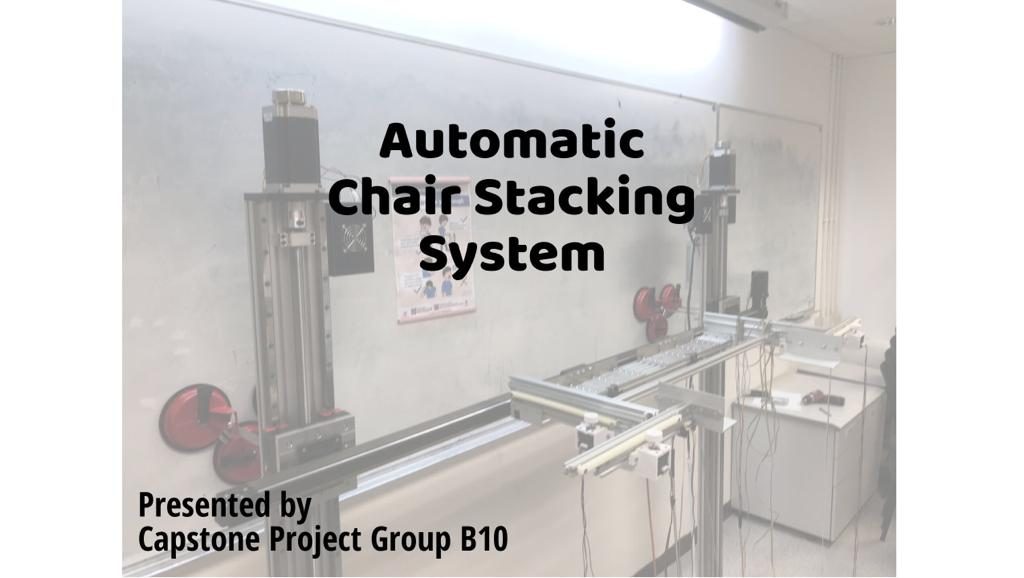Automatic Chair Parking System
Automatic Chair Parking System aims to provide a smart solution in classroom and other similar environment by helping to move and arrange chairs, while reducing the risk of occupational injuries and potential dangers related to the repetitive works. This can also reduce the reliance on labour force and ultimately improve the efficiency. The system therefore is designed to autonomously transport chairs to the designated parking area with minimal human control.










